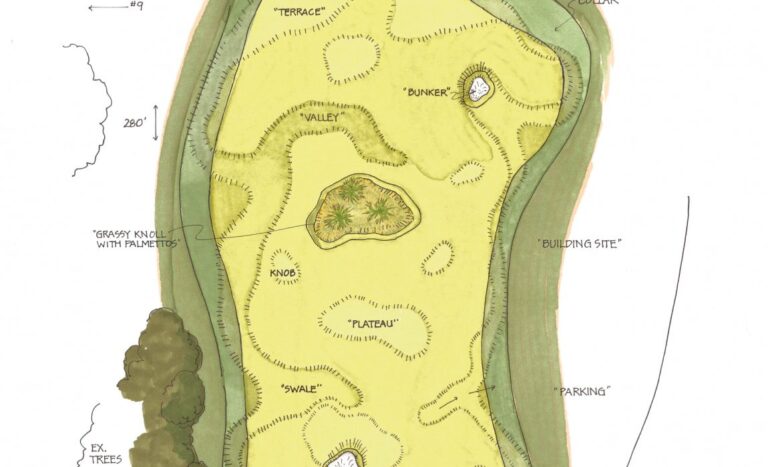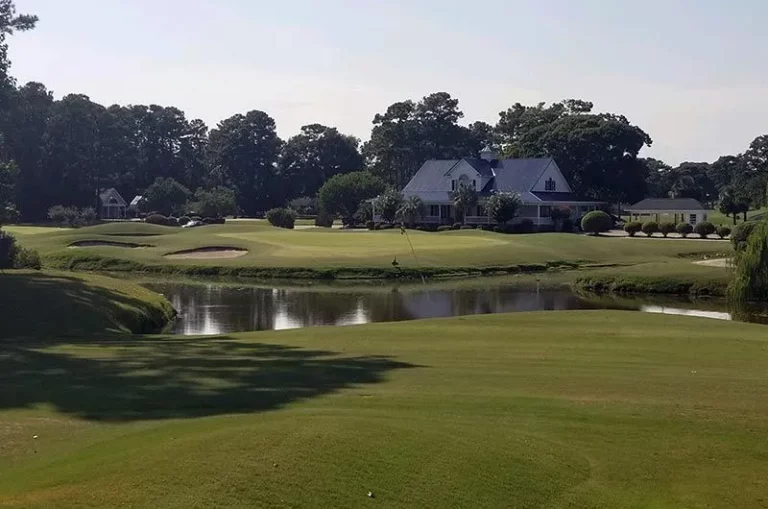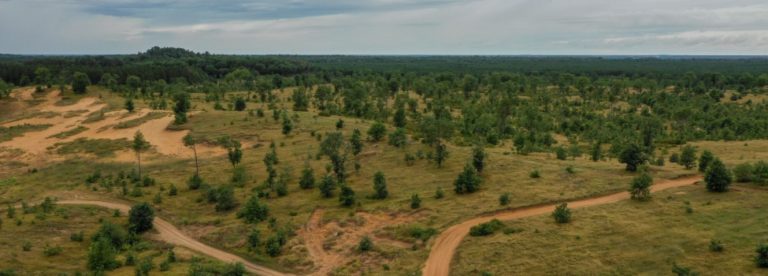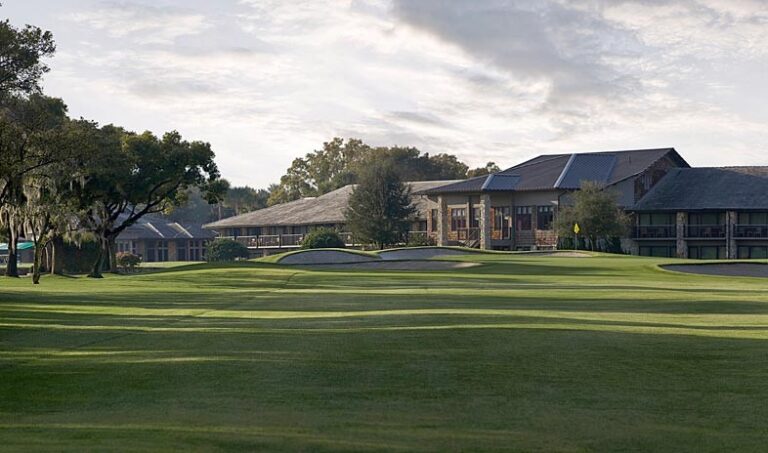Municipal courses in Ventura are as good as you’ll find anywhere, and as much fun
VENTURA, Calif. (Jan. 17, 2019) – The Southern California coastal city of Ventura is often cited as an experience that epitomizes days gone by, a laidback and friendly place to live and visit while being just an hour’s drive from the hustle and bustle of Los Angeles.
Early Spanish settlers dubbed Ventura the “land of endless summers.” It’s an idyllic setting as two of the Golden State’s longest flowing, open rivers help form the city’s western and southern boundaries and to the southwest the gleaming Pacific Ocean laps the shore near Ventura Harbor. With an average daily temperature of 71 degrees and the smell of locally grown strawberries in the air, days here between the ocean and the Los Padres National Forest are a great escape, not to mention a wonderful place to call home.
It helps that Ventura also offers two of the best municipal golf courses in the Southland – Buenaventura Golf Course and the celebrated Olivas Links.
Art and history play a part at both courses. Olivas Links is adjacent to Olivas Adobe, while the entrance to Buenaventura is graced by “The Big Swing,” a 12-foot-tall sculpture by Michael Stutz made of bronze strips intricately woven and welded together.
I recently played both courses on the same day and found just how varied and great golf on a budget can be and how the aroma of berries growing in nearby fields leads to multiple stops at Ventura’s plentiful roadside fruit stands.
Short and sweet Buenaventura
Originally designed by William Park Bell in 1932 and redesigned in 2005 by Scottsdale-based golf course architect Forrest Richardson, Buenaventura Golf Course is a parkland-style track with tight, tree-lined fairways that emphasize course management.
Playing just 5,826 yards from its back set of five tees, the course is a shot-maker’s delight and highlighted by design features common in the 1930s. The white sand-filled hazards look like they were not merely manufactured, but rather discovered on the property.
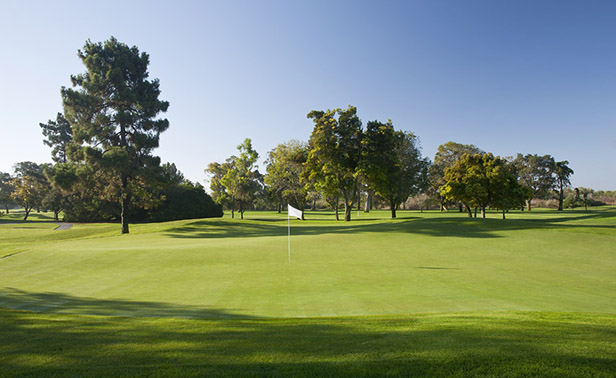
Bell, together with his son, William F. Bell, re-routed the course in 1949, making significant changes to the original nine-holer. This effort established the current look and feel of Buenaventura, and provided the fairways that now comprise the western portions of the course.
In 1958, after land was acquired for expansion to the east, Bell Jr. was commissioned to expand the course to 18 holes; he continued the traditional tree-lined design, creating a virtual arboretum within the burgeoning city of Ventura.
Richardson, seasoned in the work of both Bell and Bell Jr., worked with the city to preserve the Bells’ style. As part of the work, the routing was modified to provide efficiency and more excitement, while the bunkers were restored to a more classic feel. The view from the tees is one of intrigue and interest, with golfers having choices on how to play the holes, something that had disappeared as the course got older.
We brought back the charm of what golfers felt and experienced in the 1930s,” Richardson said. “During the ‘Golden Age’ of golf course architecture there was a formality to the game and a simplicity to courses. The work at Buenaventura was carefully shaped to support this notion – that the golf course is a stately and natural park, almost as if it was discovered by the river and simply turned into a course over time.”
The 274-yard par-4 sixth can be a wild adventure as players hit anything from 5-iron to full driver off the tee. It can lead to an easy bogey for the bold who don’t pay attention, but the prudent will find it relatively painless, providing the aim is straight.
No. 12 (a 379-yard par-4) has a most unusual green, with a potential for a putt of nearly 200 feet if the approach is placed away from the pin. The 375-yard par-4 13th is an original Bell hole.
Richardson and crew removed some unhealthy trees to open up it up from the tee; before, it had become overgrown and was simply a matter of hitting down a very narrow route. The hole can now be played to the left around a pond, or take the wider fairway landing area and deal with the pond on the second shot.
The 443-yard par-4 16th is the longest two-shotter at Buenaventura GC; it sports a tricky approach to a water-guarded green. At just 144 yards from the tips, the par-3 17th has a huge green with a blind area on the right. For first-timers here, this mystery space tests a player’s nerve and comfort level.
In 2012, course manager KemperSports identified a need for further upgrades to playability and consistency of the turf and that spring, platinum paspalum fairways were added, creating the beautiful golf landscape you will find today.
Olivas Links straddles the old and the new
Fresh off his success at Buenaventura, Richardson was commissioned to reinvent Olivas Park Golf Course, also a William F. Bell design that one city golf official said had become an “airport runway with grass.”
Richardson and his team completely rebuilt and re-branded the course as Olivas Links by using none of the previous holes or greens; all elements were built from scratch. What had been 14 individual lakes dotted around the property were reworked into four larger water bodies linked by interconnected streams.
Situated along Ventura Harbor overlooking the Santa Clara River, Olivas Links showcases views of neighboring hills and the Channel Islands. The track is washed by coastal breezes that make it cool in the summer and warm in the winter, providing perfect conditions for year-round golf. The routing closely follows the natural swales and curves of the site and the verdant playing surfaces are offset by bands of fescue and wild grasses.
Width is a feature of the course, but there are some large pine trees scattered throughout as well. Its seaside location is subjected to strong winds, especially on the front nine. The challenging track boasts multi-tiered greens and mounding along fairways.
There are also deep bunkers strategically placed throughout Olivas Links. But its openness places a stronger emphasis on hitting the right fairway spot to get the correct angle of approach to the greens rather than the simple task of avoiding bunkers.
Olivas Links reopened in 2007 as a dramatically different and more challenging links-style course with a distinctly wild look to it. Links comes from a Scottish word referring to an area of coastal sand dunes and this site has those features in spades.
Olivas Links is planted with SeaIsle Paspalum, a turf that is bright green in spring and summer, and browner as it goes dormant in the fall and winter. Whatever the hue, this turf is a healthy, durable, smooth and fine-textured playing surface that provides a premium experience year-round.
Richardson’s routing expertly straddles that line between old and new, with touches from the past (like a vintage scorecard box and old-timey farm equipment from a neighbor). Olivas Links plays to a par of 72 and at 6,818 yards from the longest of four sets of tees, where it’s rated 73.7 and has a 135 Slope; the most forward tees are 5,348 yards.
Players get their first chance to see the ocean on the 534-yar par-5 second, which plays around a lake and runs downhill and mostly into the wind. The 514-yard par-5 fourth allows for a chance at the green in two if the tee ball can ride the wind. Golfers will enjoy playing back to the clubhouse on the 354-yard par-4 ninth, which shares a huge green with the 18th.

The inward half is more difficult than the front. The 424-yard par-4 11th demands an accurate drive to avoid a hazard on the right and trees left. The 479-yard par-4 16th is a brute from the tips and is still plenty long even with a helping wind.
Perhaps the best hole at Olivas Links is the par-3 13th. The course’s longest one-shotter at 201 yards is made difficult by a large tree in the sight line to create a visually intimidating tee shot.
This golf course isn’t a bear but is a lot of fun. The beach feel is established with cozy Adirondack chairs on most tee boxes for a cool place to relax between holes.
Scoring well here is much more about selecting fairway spots and angles of approach. The layout curves and drops; nothing seems forced. It all spans the natural lay of the land, following the swales and grooves that carry water toward the Santa Clara River.
Olivas Links has never been short of admirers; it was listed as one of the nation’s top-10 municipal golf courses in 2009 by Golfweek.

